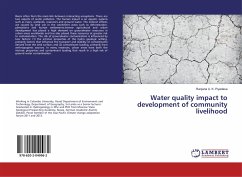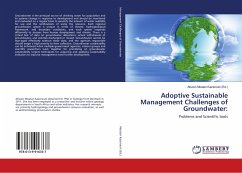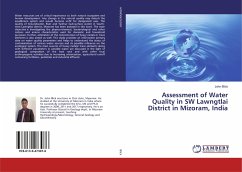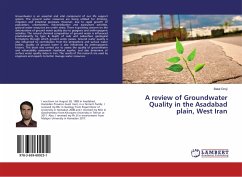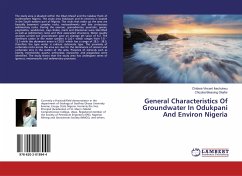Rivers often form the main link between interacting ecosystems. There are two aspects of water pollution. The human impact is on aquatic systems such as rivers, wetlands, reservoirs and ground water. The indirect effects are caused by land use in the catchment areas such as deforestation, plantations and human settlements.Intense agricultural and urban development has placed a high demand on groundwater resources in urban areas worldwide and has also placed these resources at greater risk to contamination. The risk of groundwater contamination is influenced by two factors: (1) the intrinsic properties of the hydro geologic setting, primarily factors that influence the transport and stability of contaminants derived from the land surface; and (2) contaminant loading, primarily from anthropogenic sources. In many instances, urban areas have both the intrinsic properties and contaminant loading that result in a high risk of ground water contamination.
Bitte wählen Sie Ihr Anliegen aus.
Rechnungen
Retourenschein anfordern
Bestellstatus
Storno

